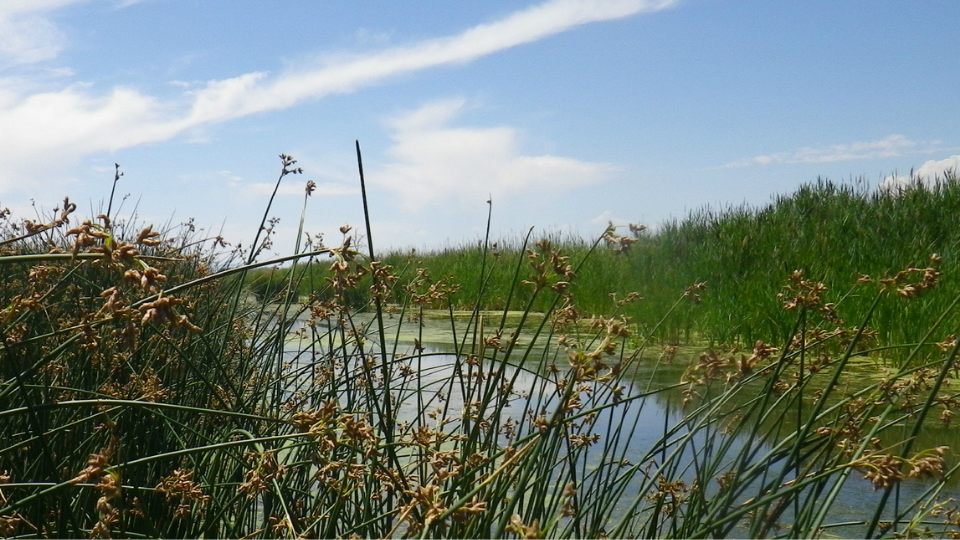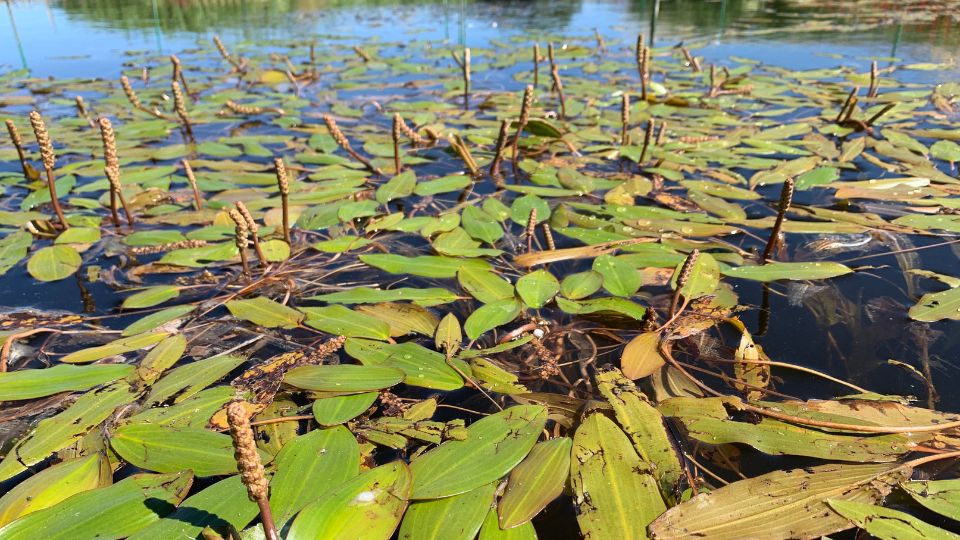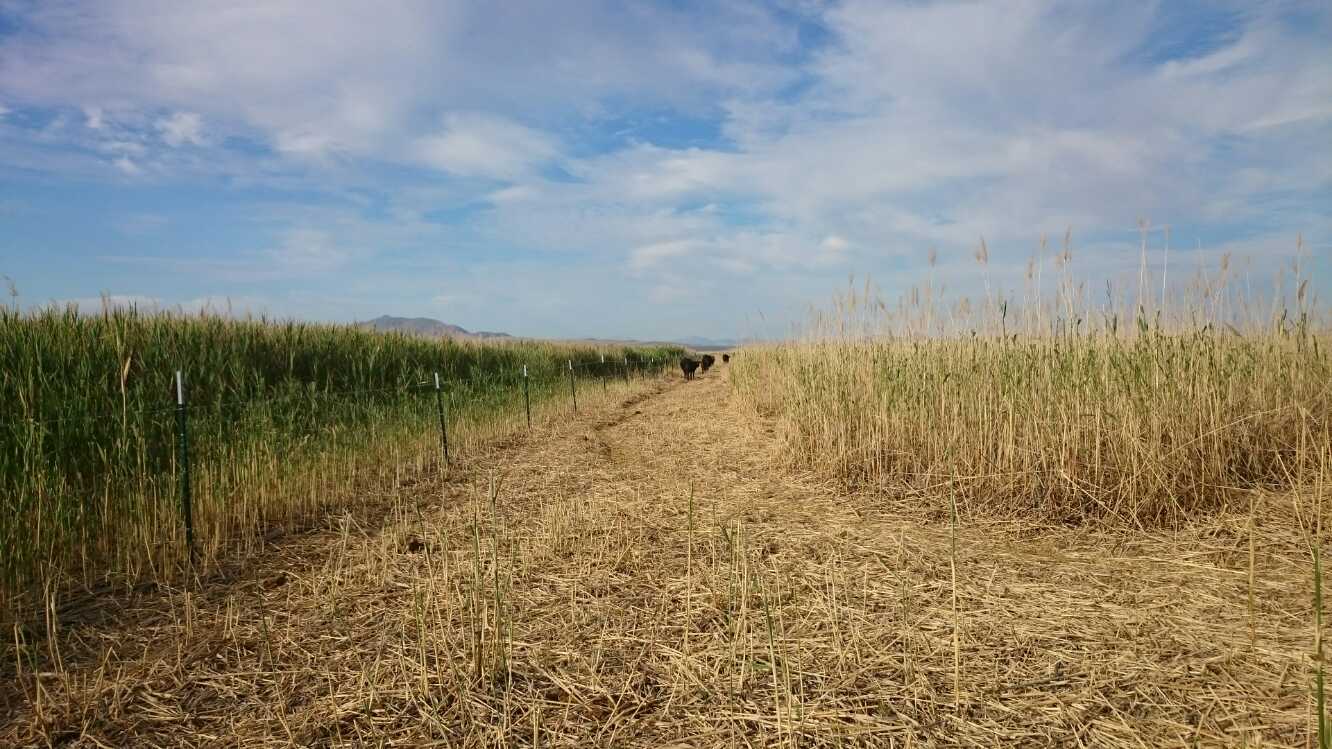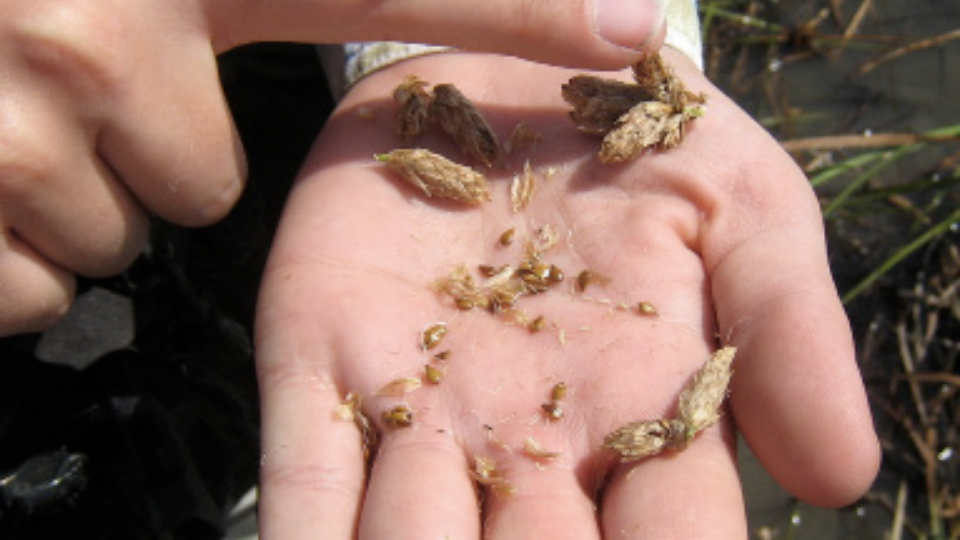Wetland Research, Restoration, and Management

Wetland Environment and Water Policy Connections

Wetland Plant Ecology and Identification

Wetland Invasive Plant Management



 Utah 4-H & Youth
Utah 4-H & Youth